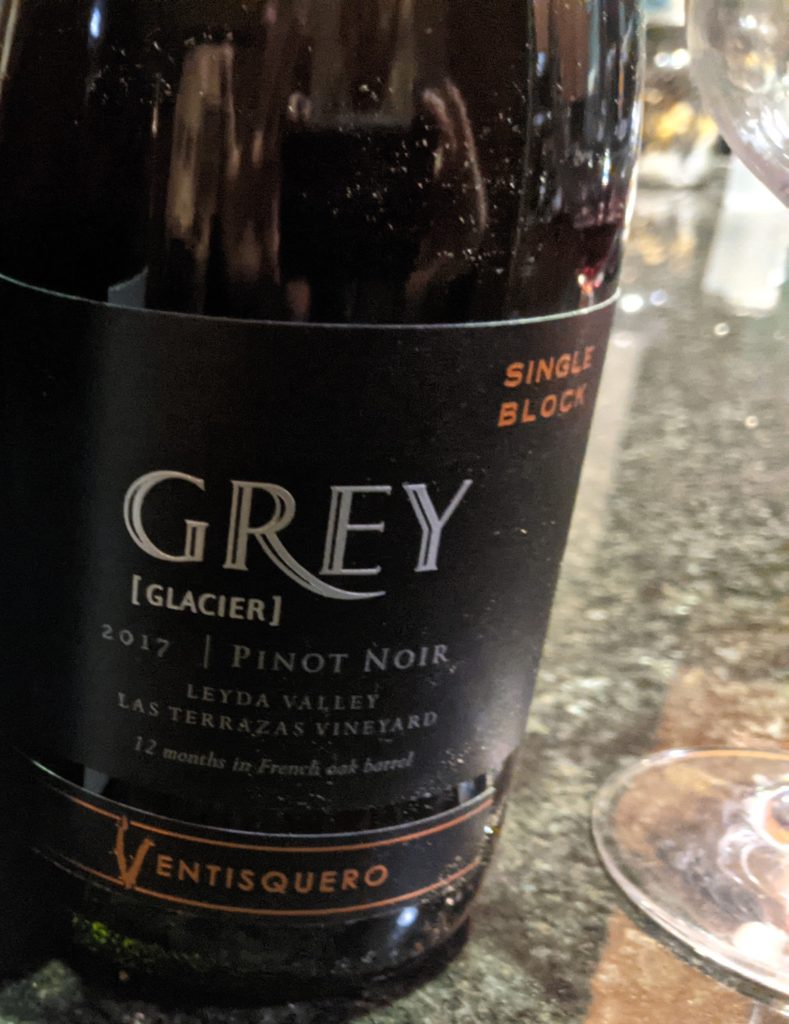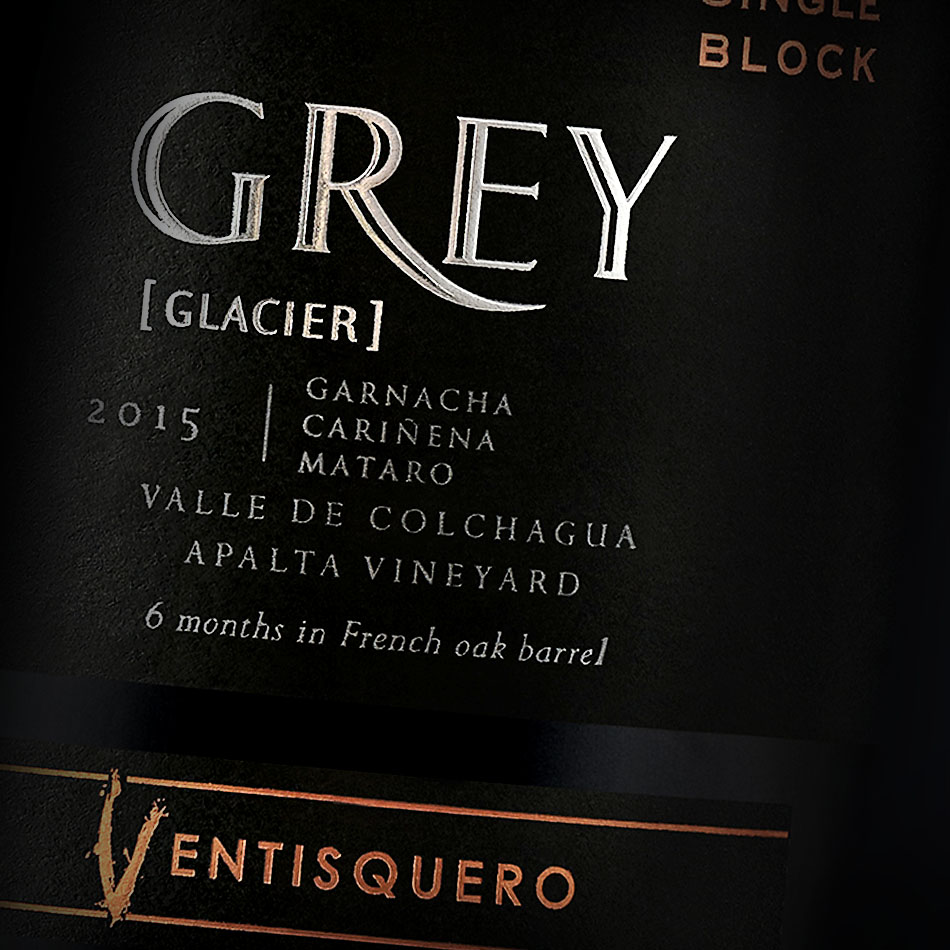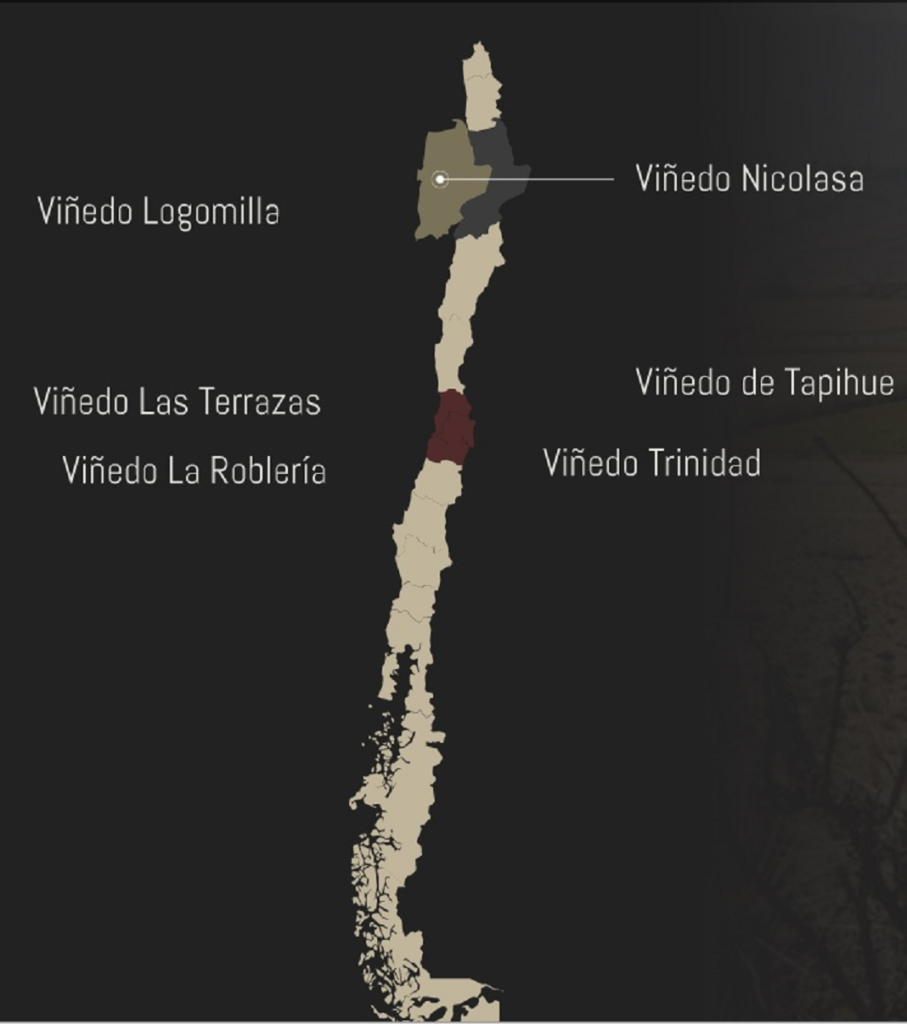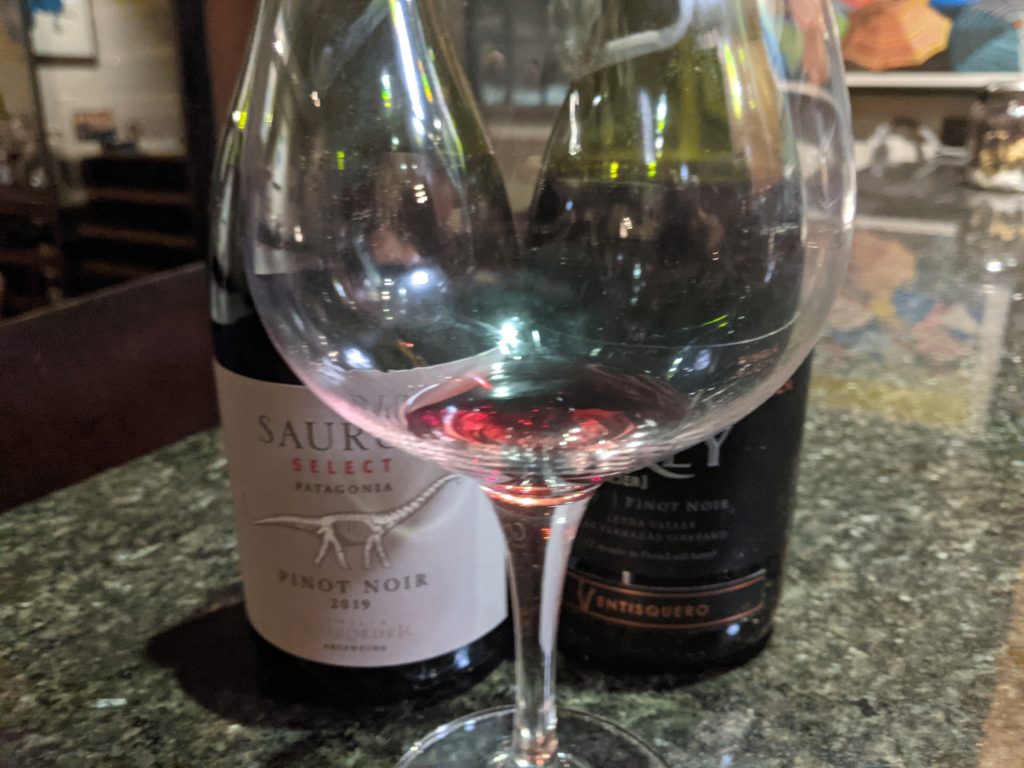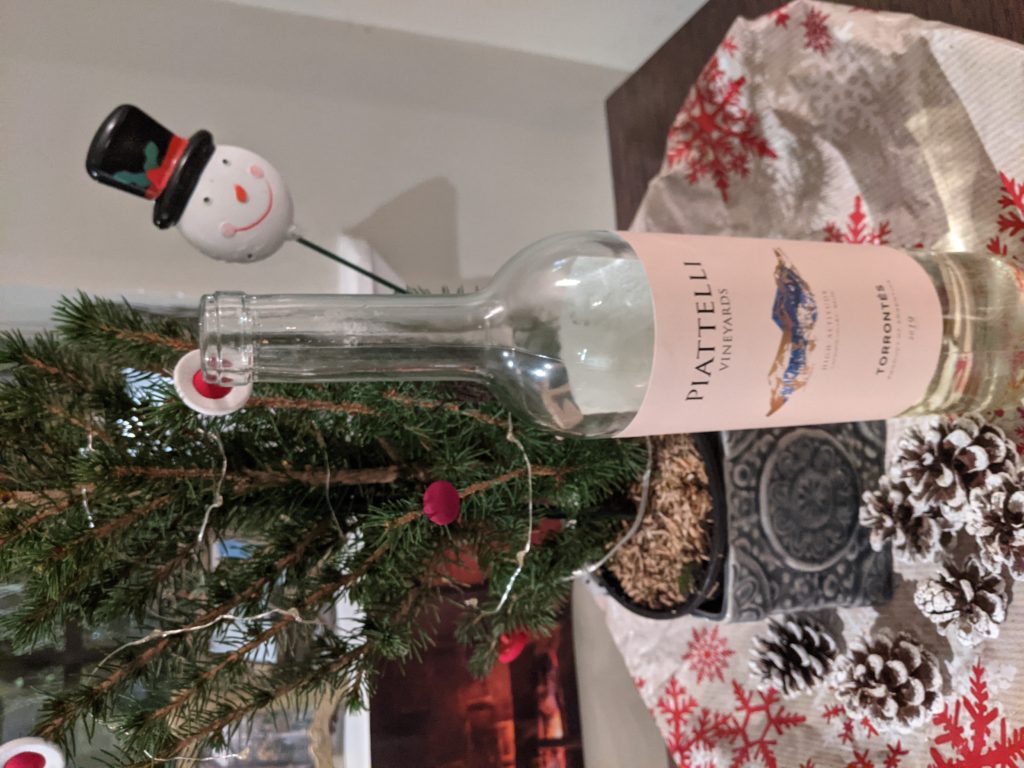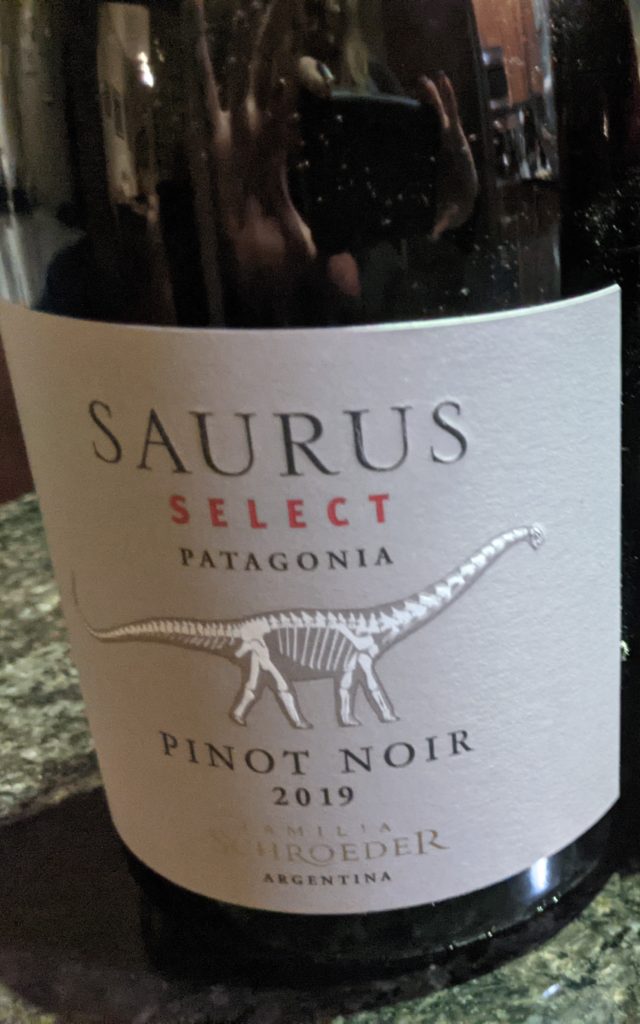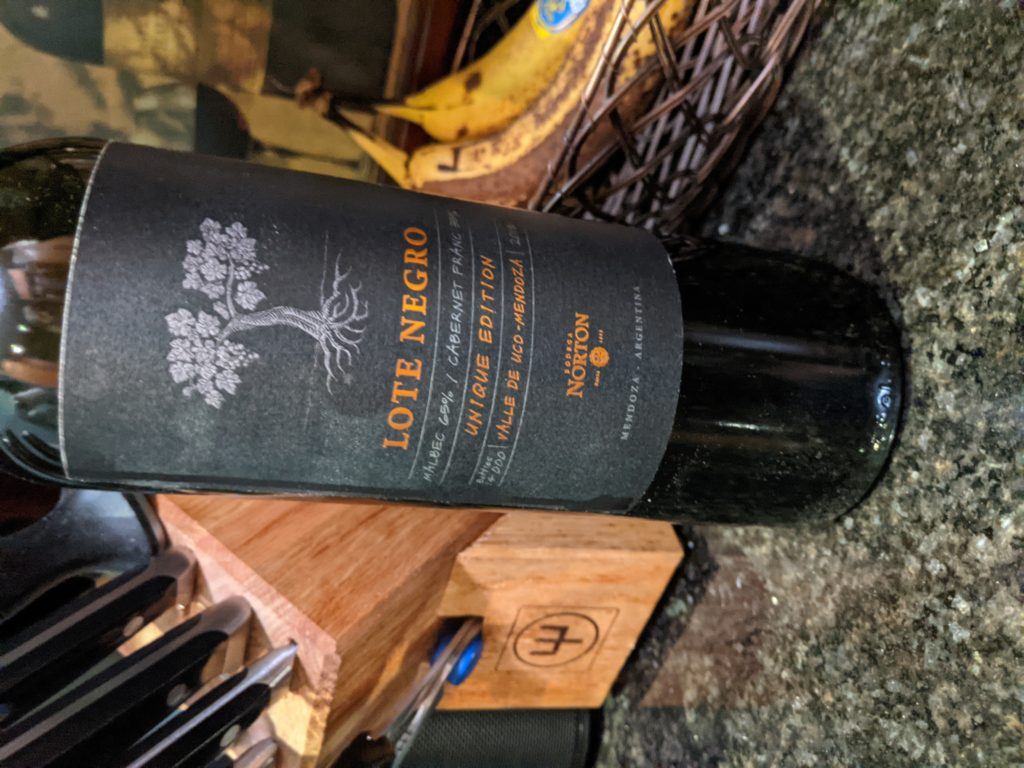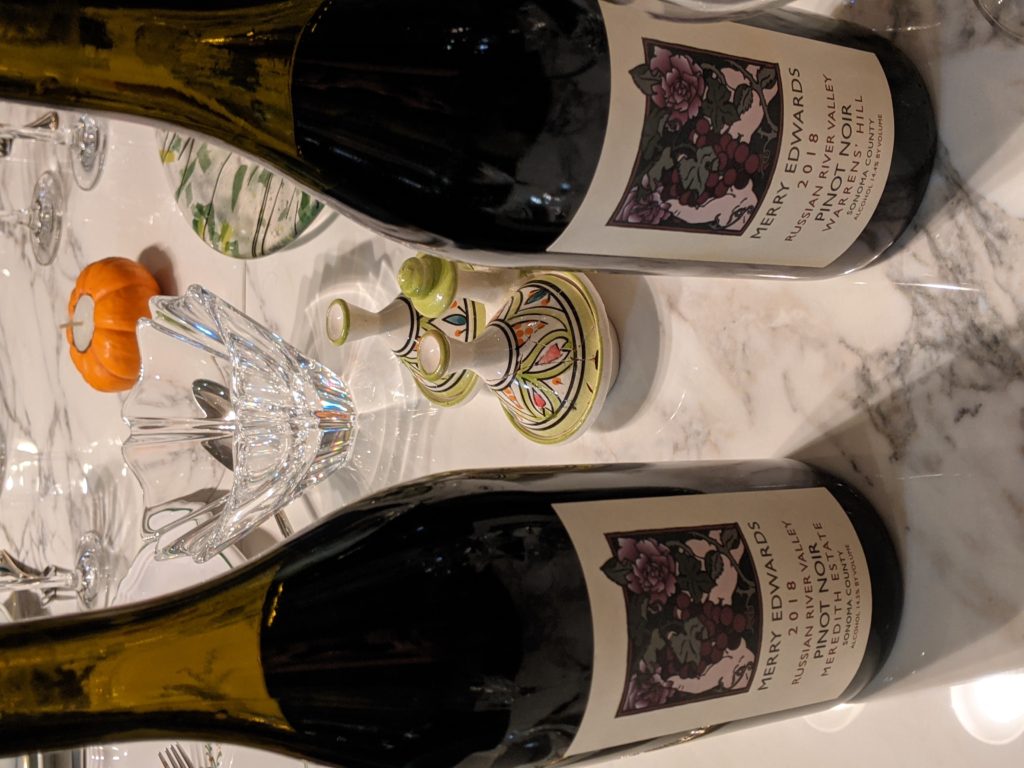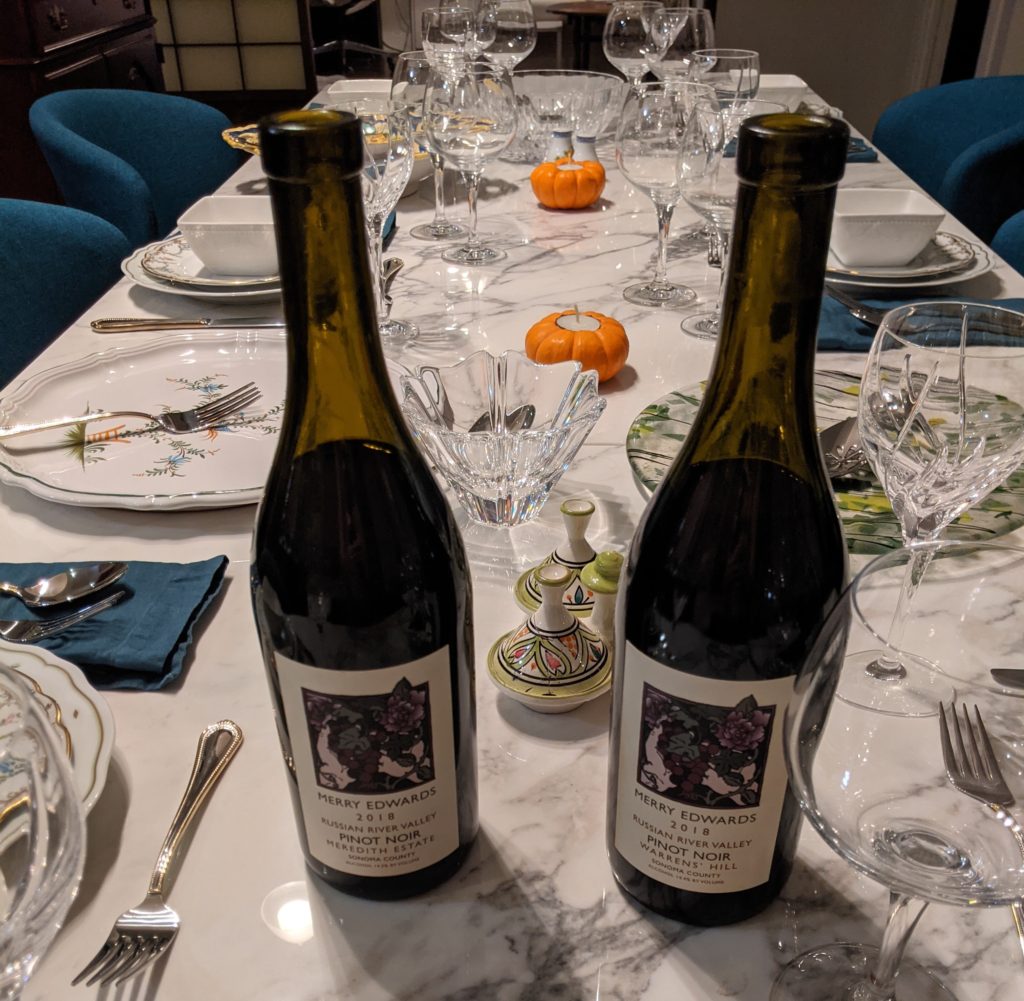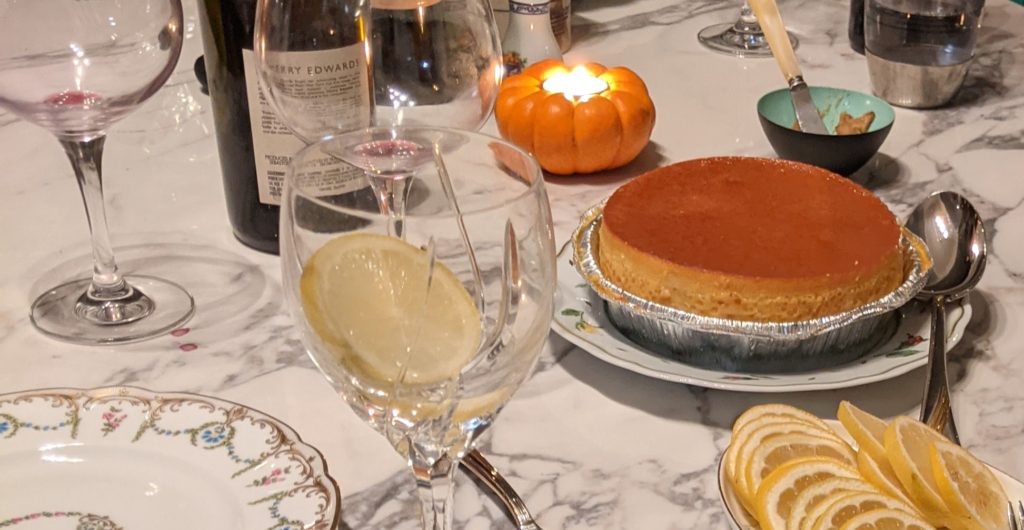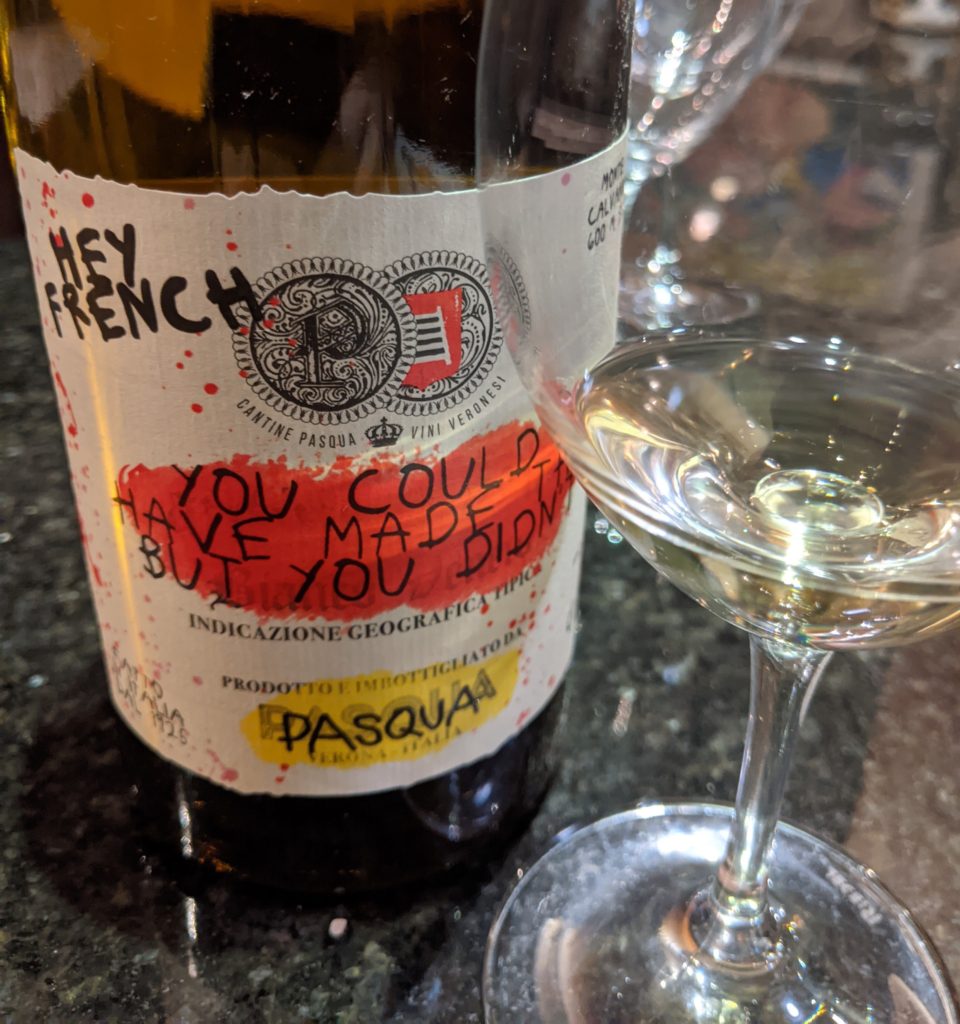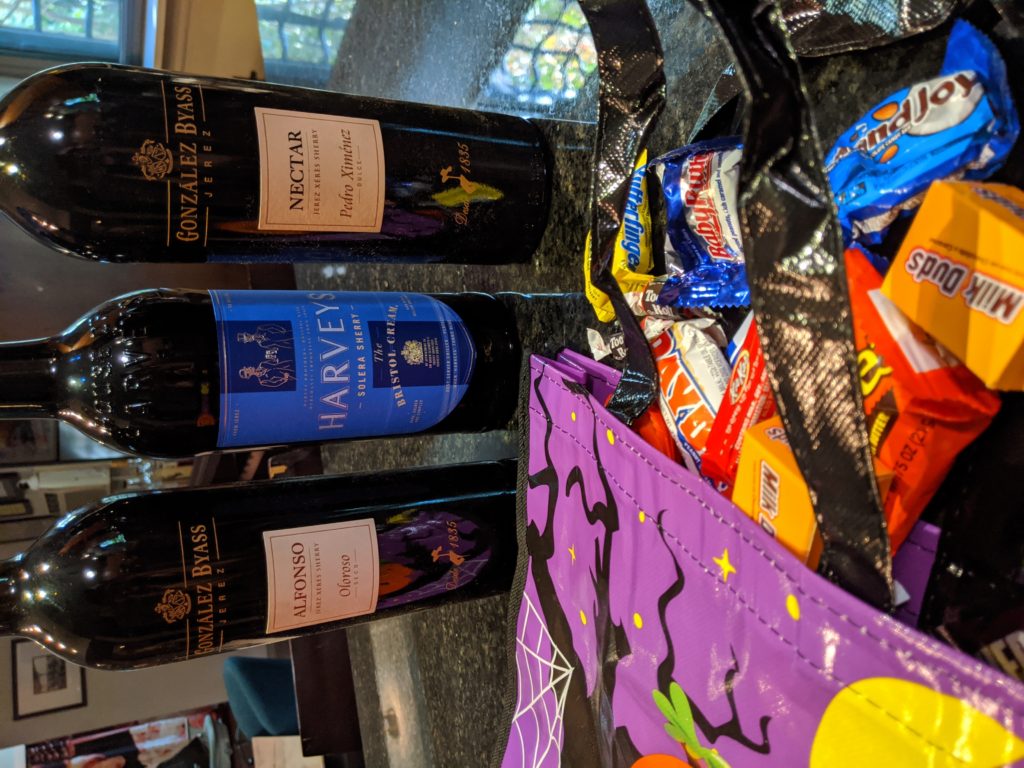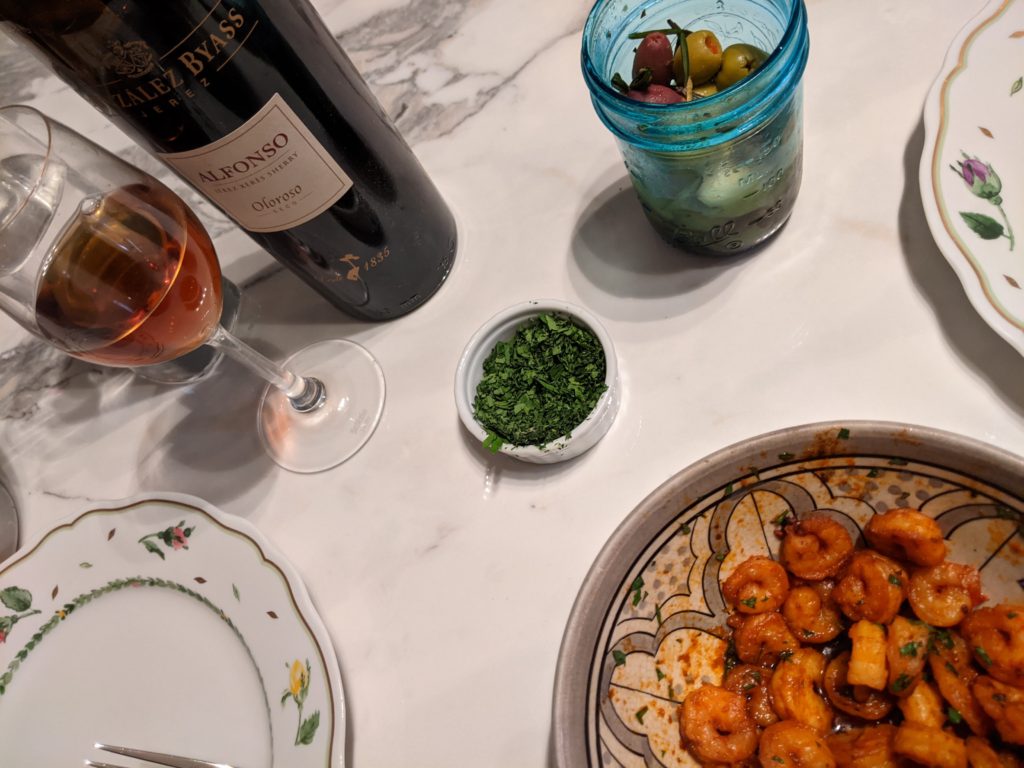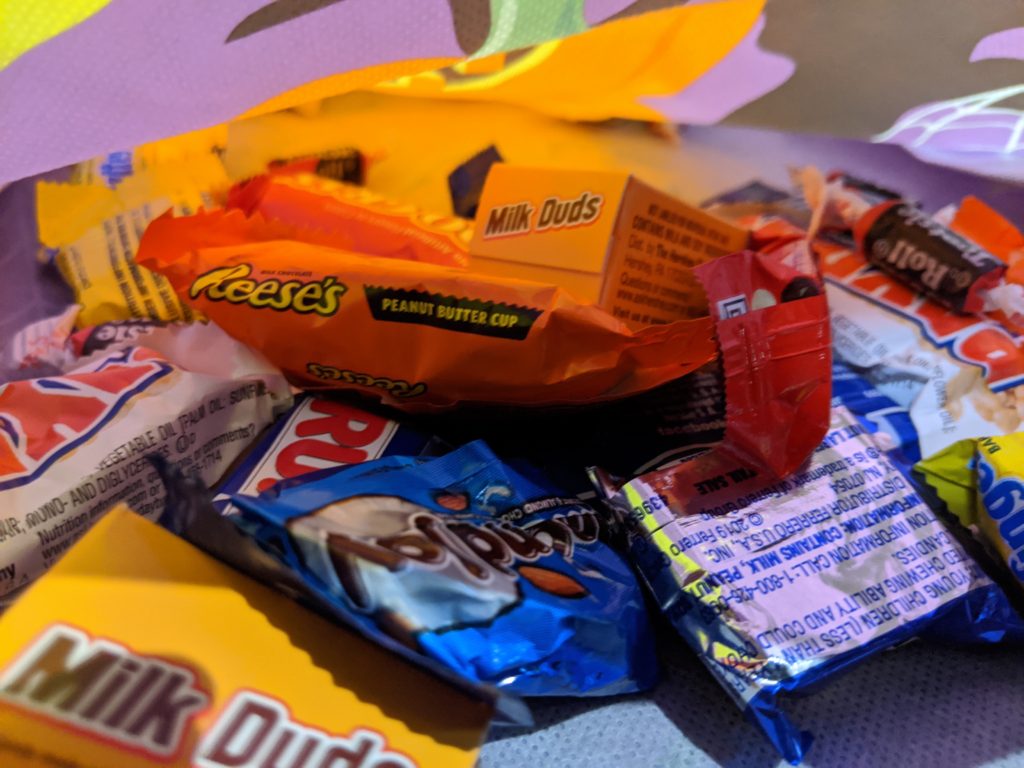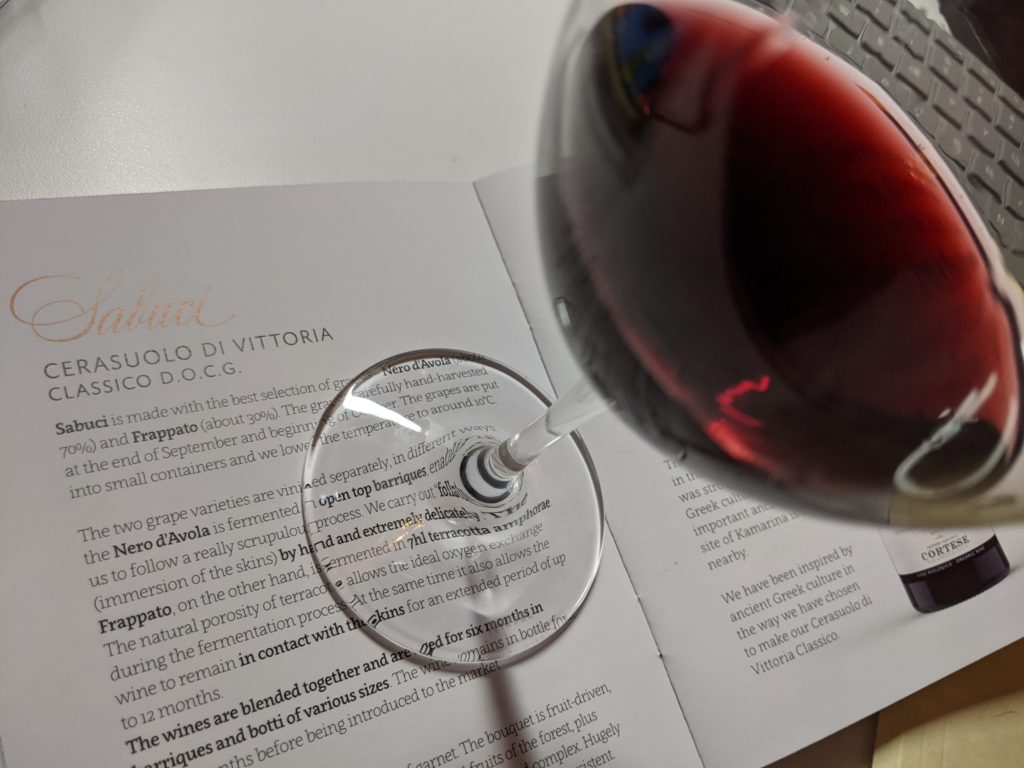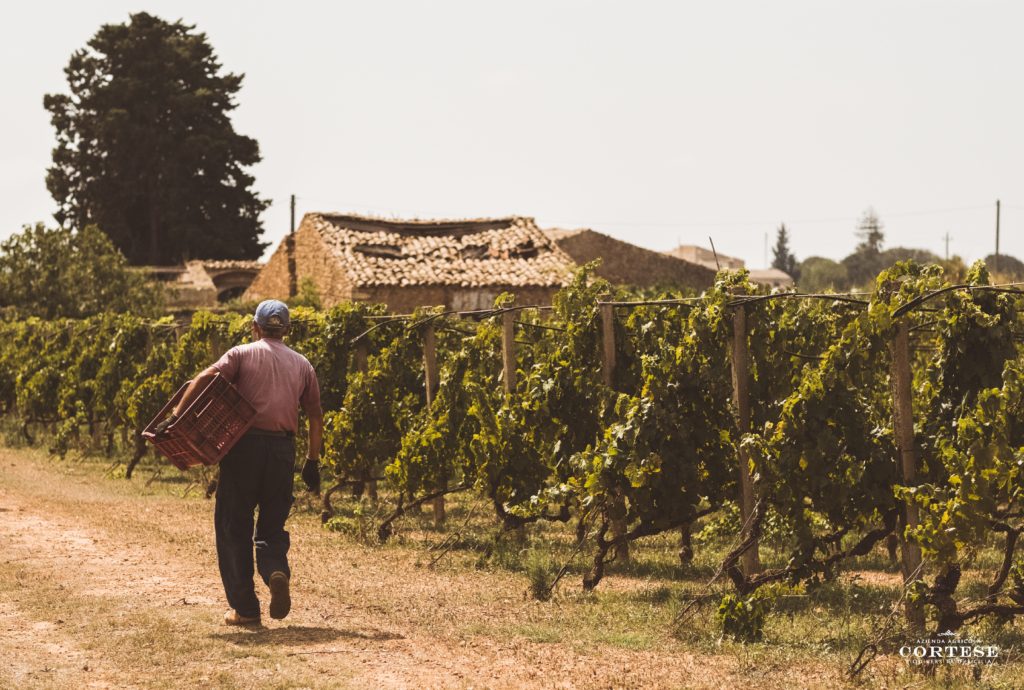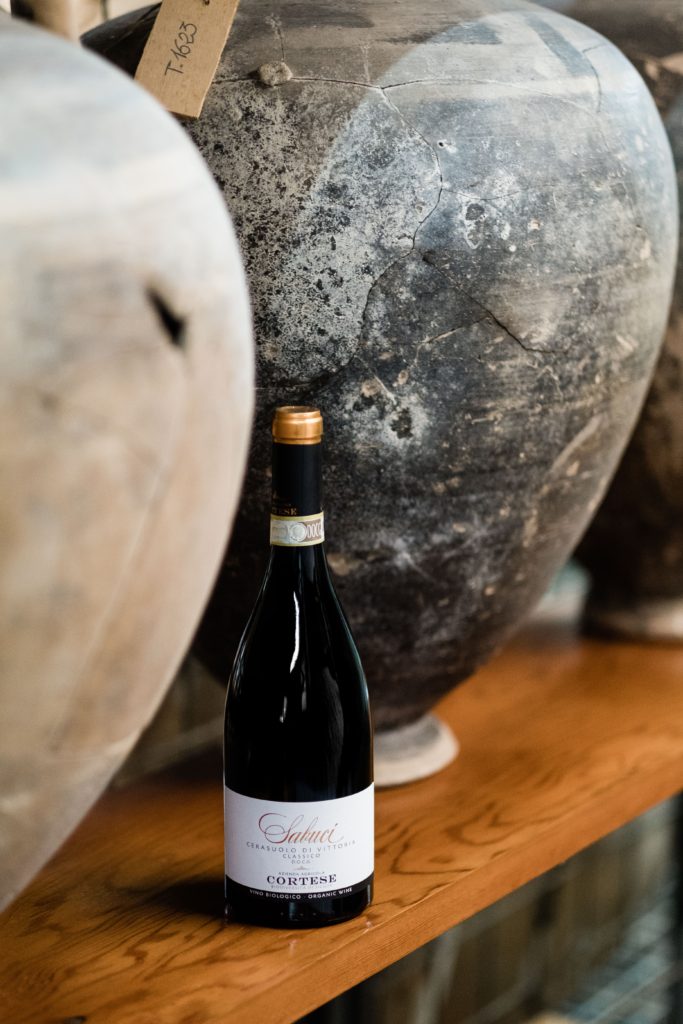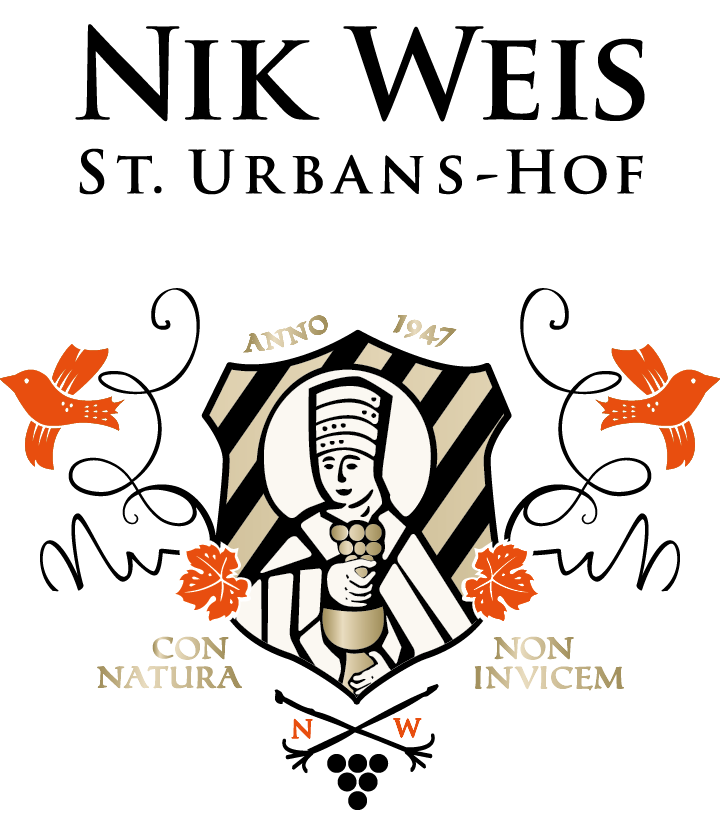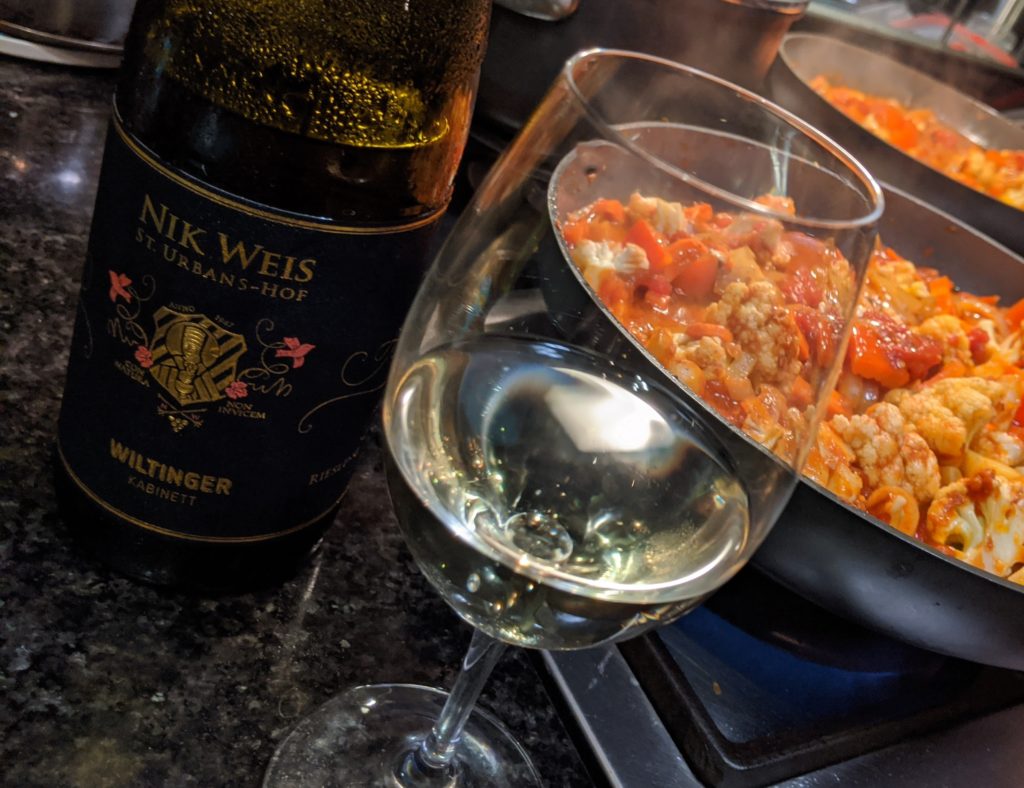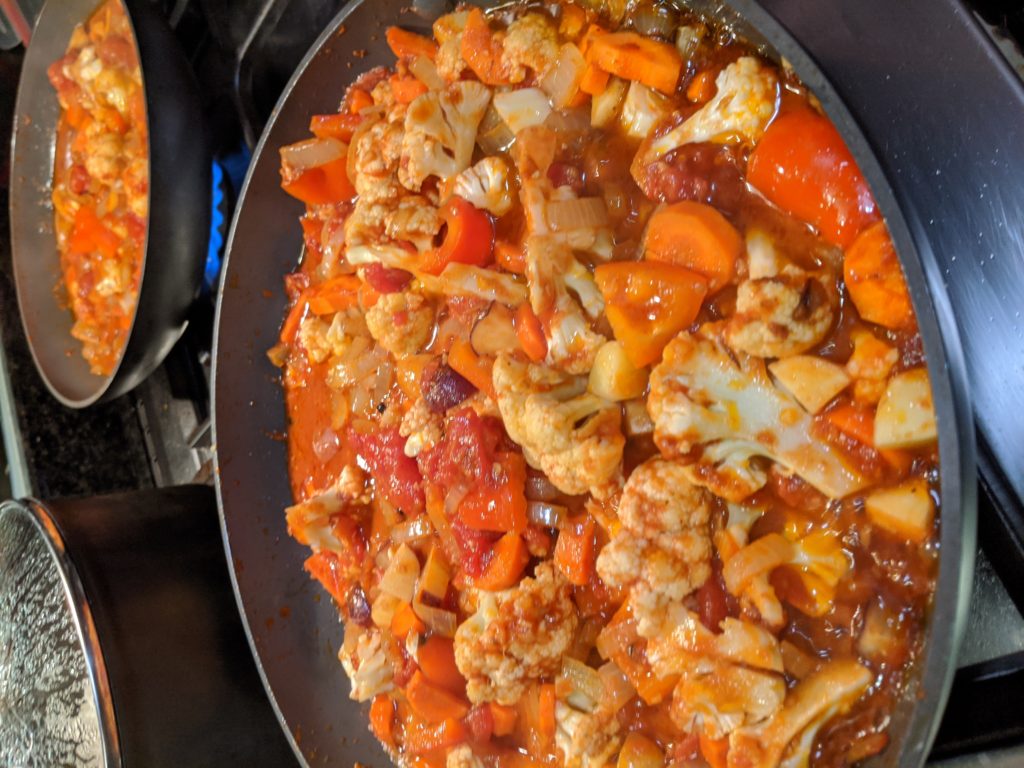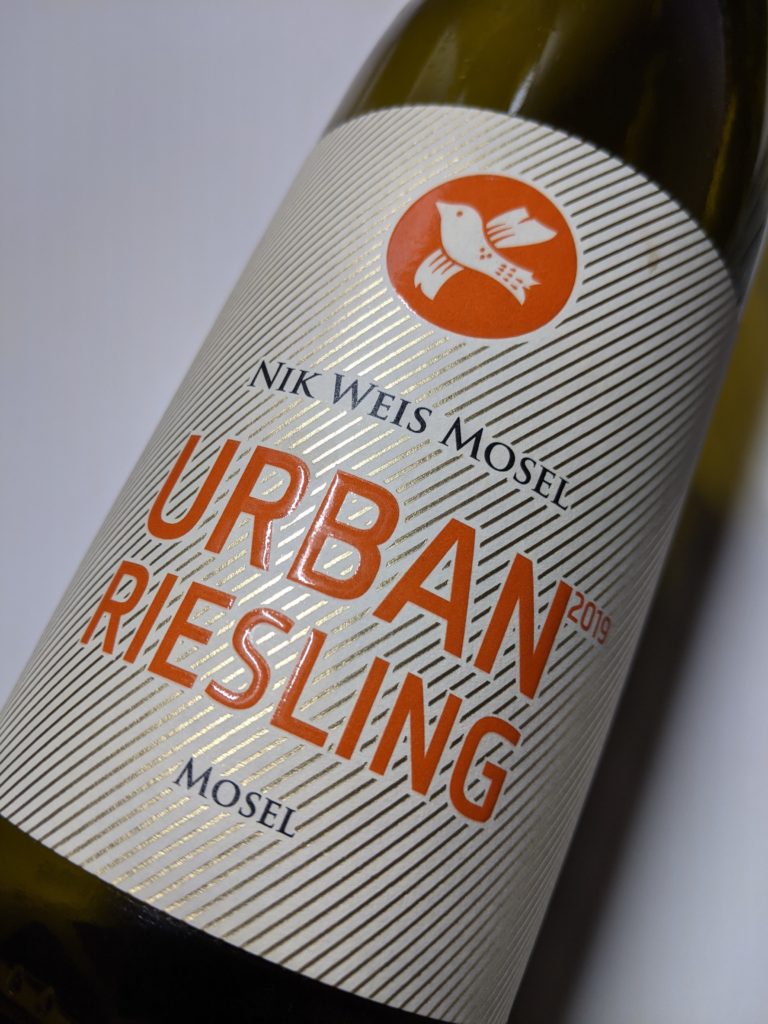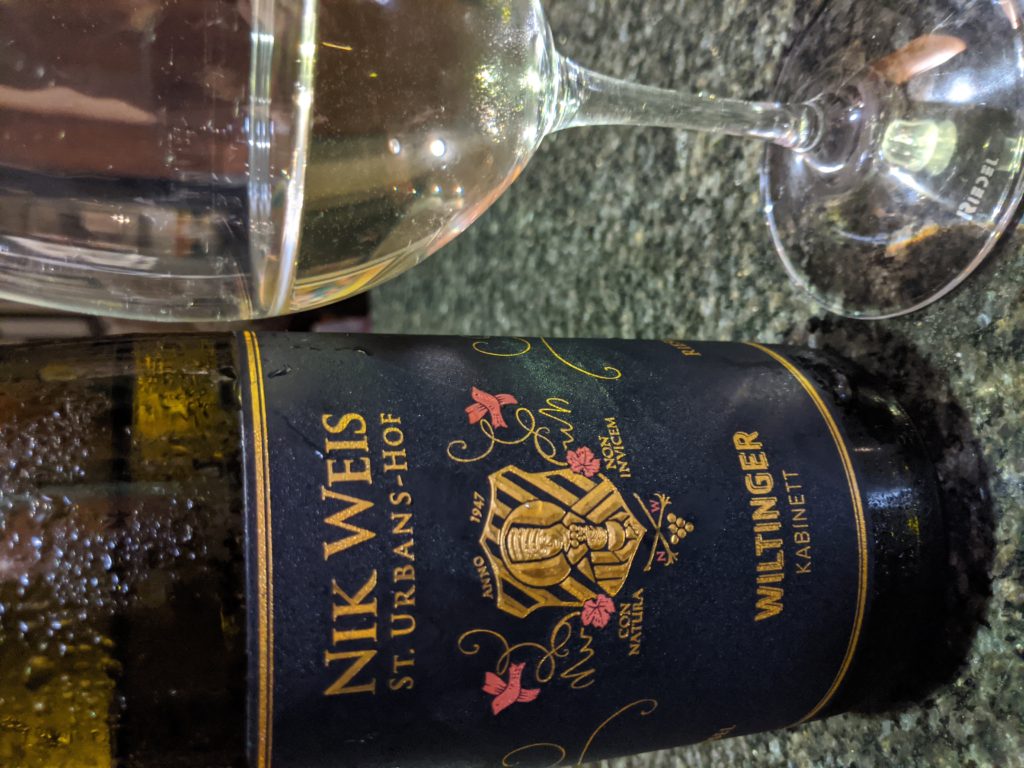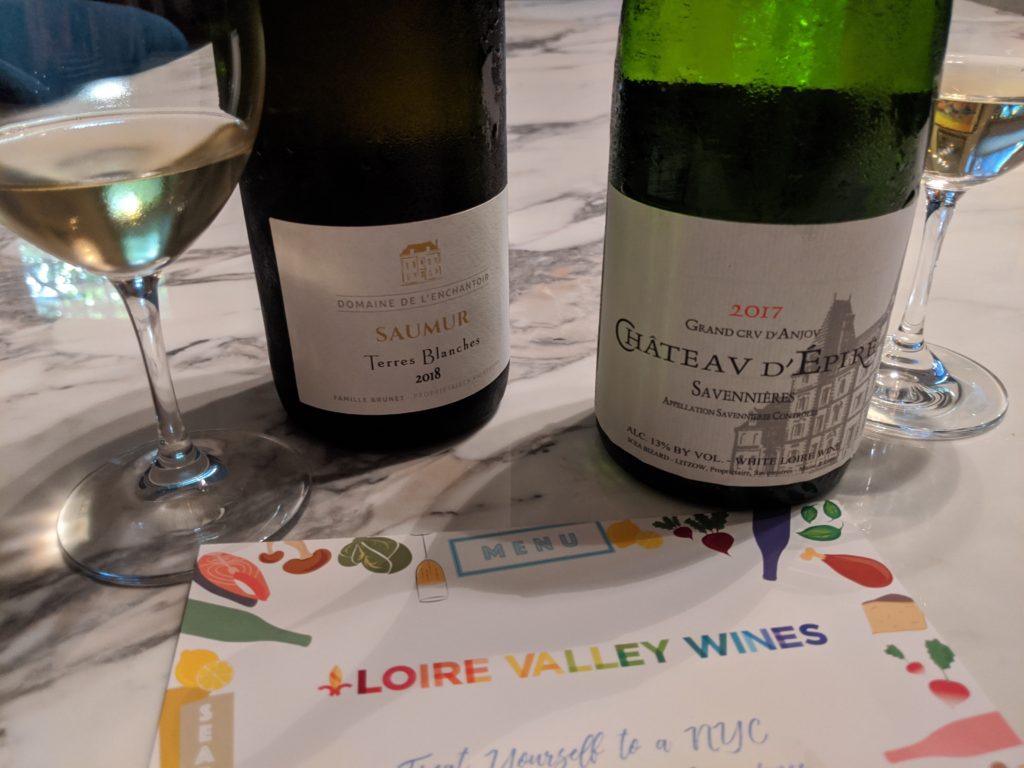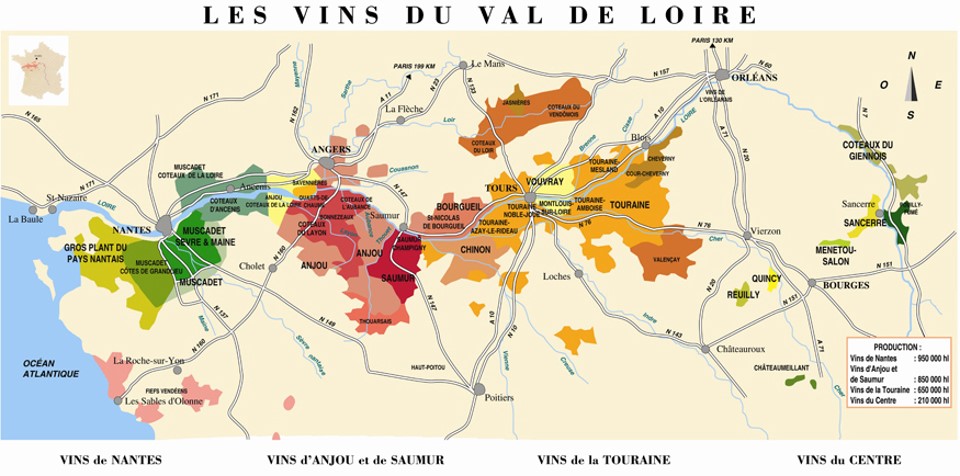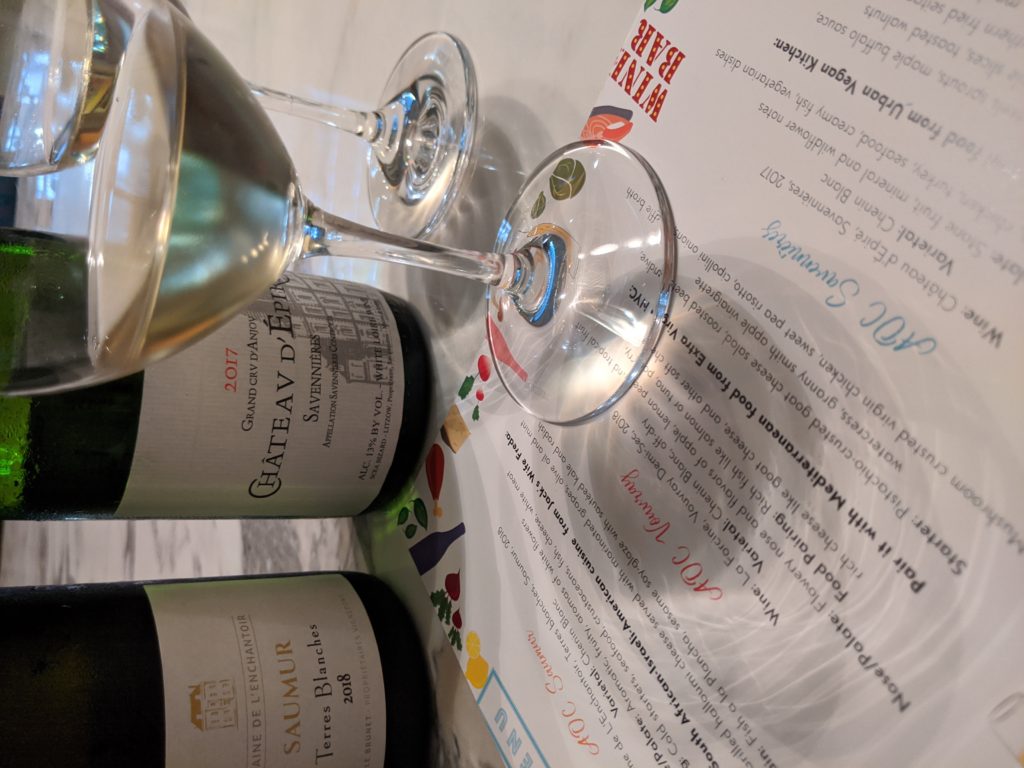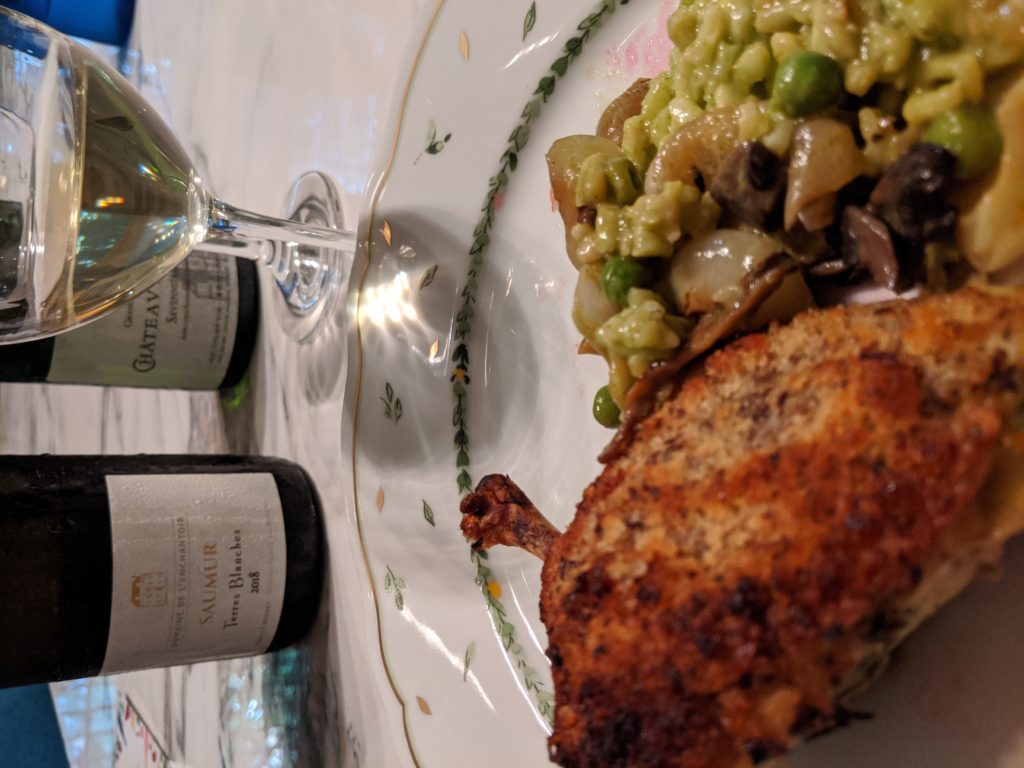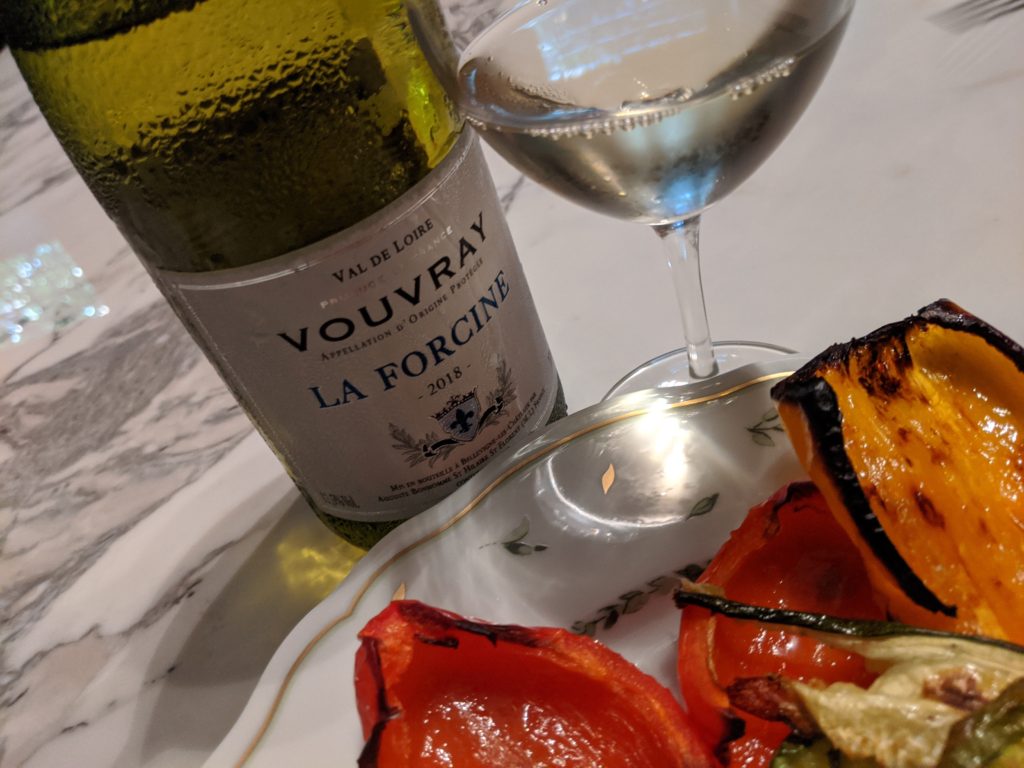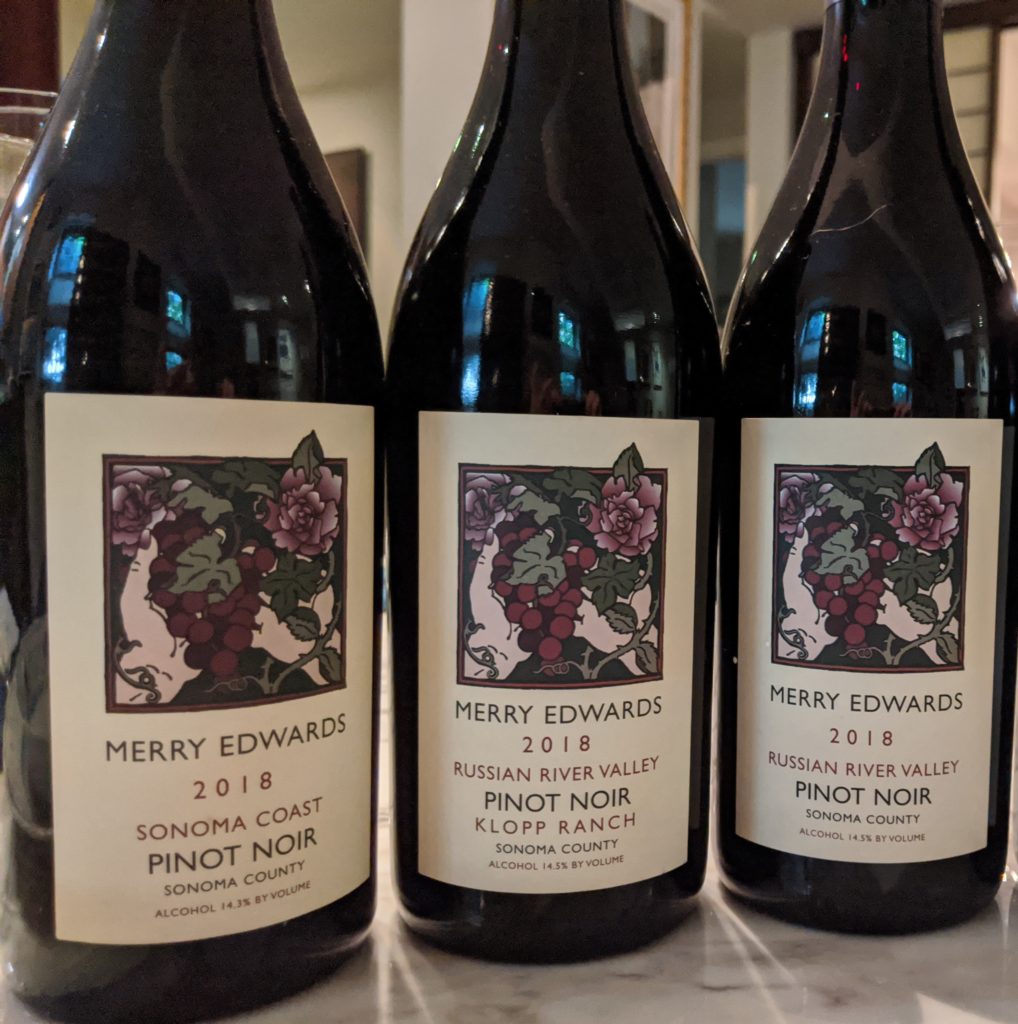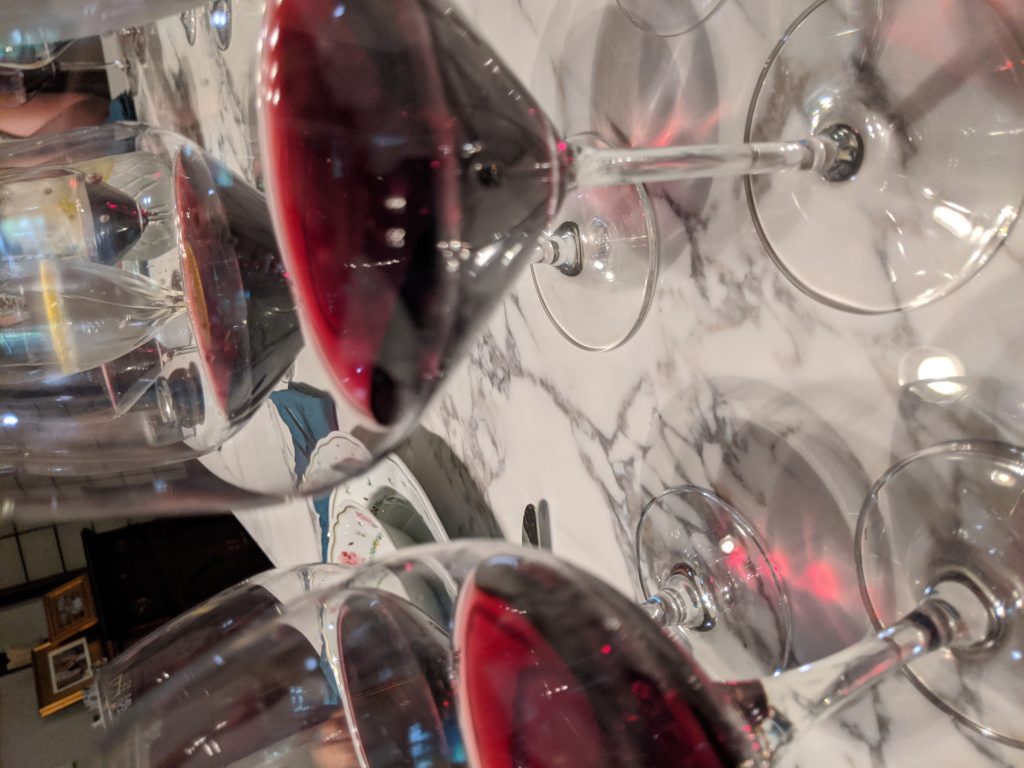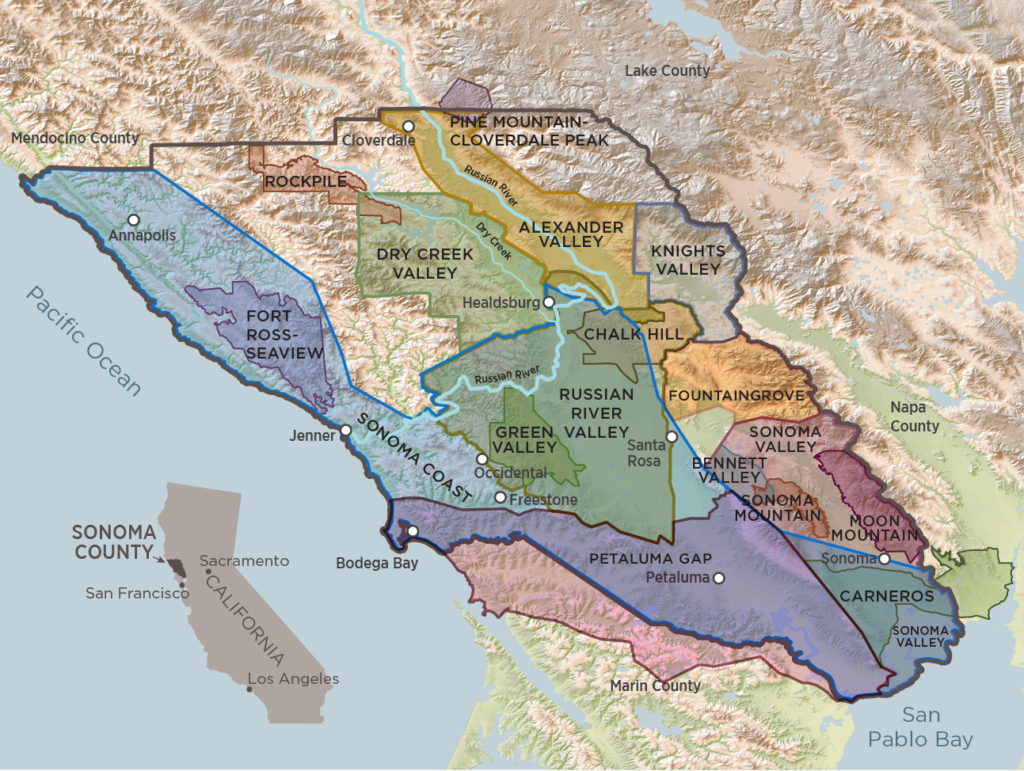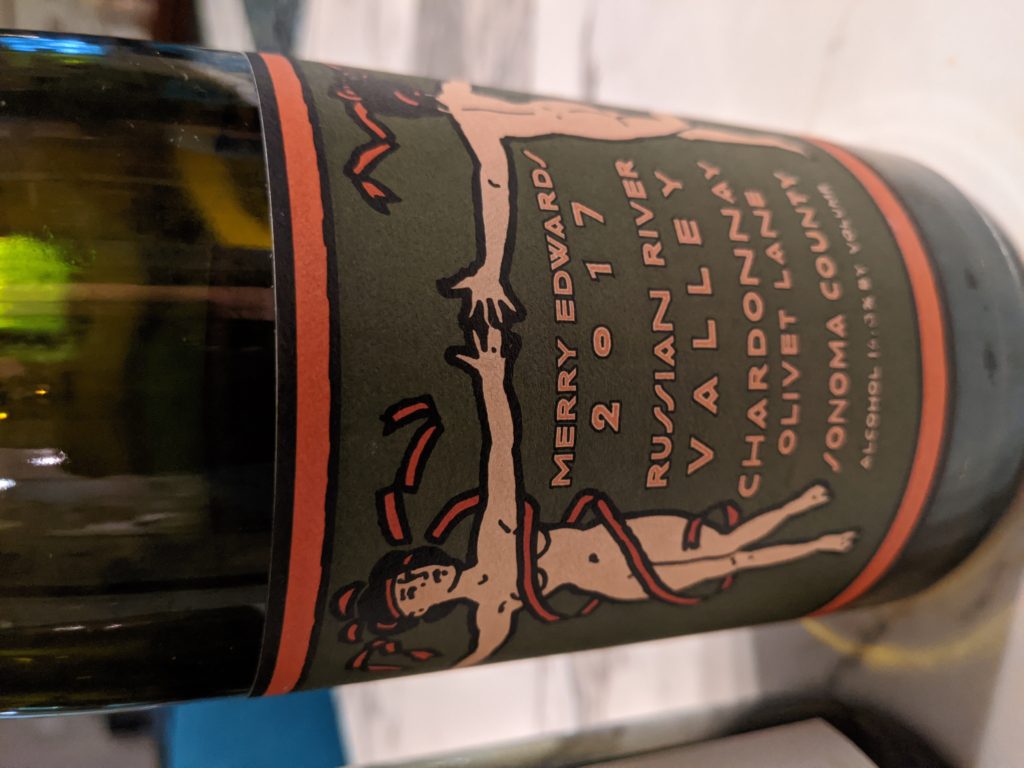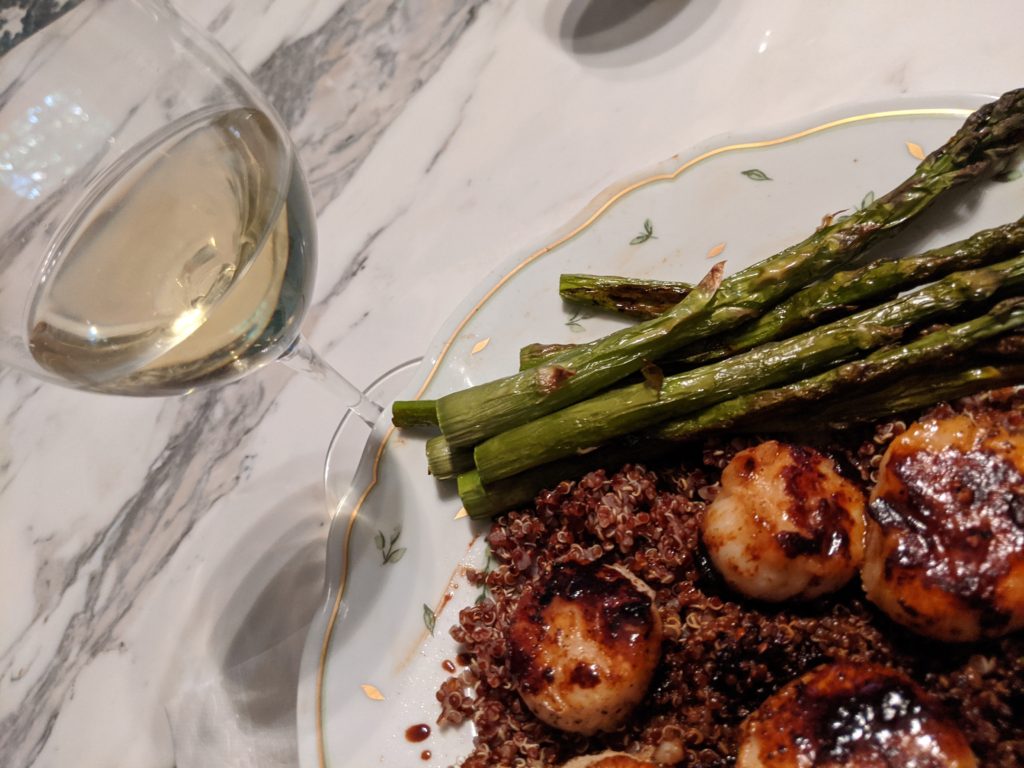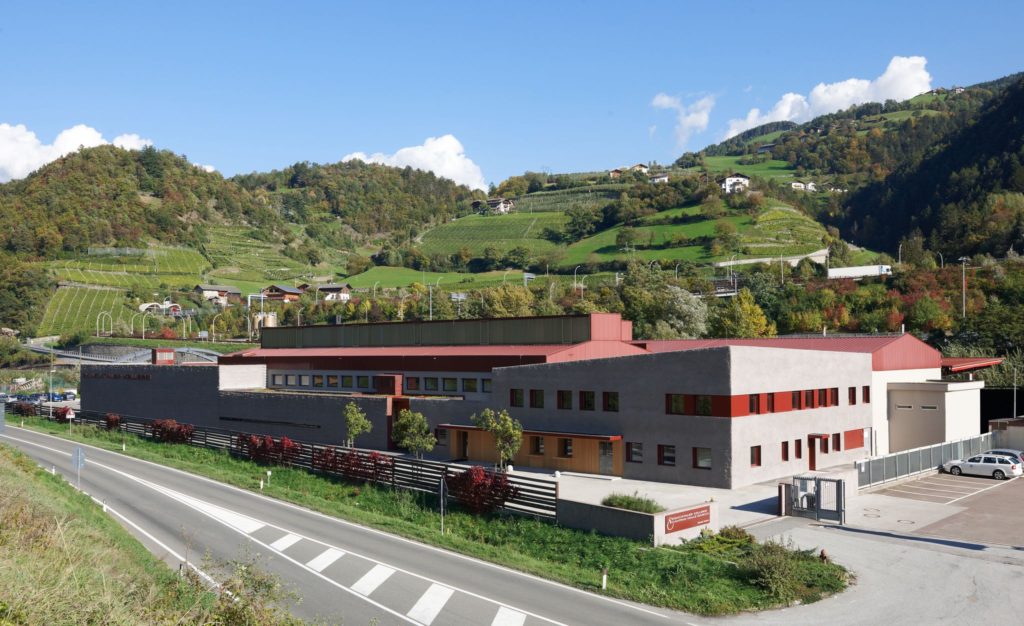
Cantina Valle Isarco celebrates its 60th anniversary this year, but the winery is not resting on its laurels. Far from it. Rather, while it acknowledges its roots, it is looking to the future to further increase its quality. Among these efforts, the Cantina has recently revamped its logo and branding and hired a new consulting enologist.
Representing 135 families, this highly regarded cooperative is situated in the Valle Isarco, a subzone of Alto Adige and Italy’s northernmost winegrowing area. Here, in the heart of the Dolomites, vines are grown at 300-1,000 meters above sea level, on very steep slopes with a 60% gradient. Consequently, grapes must be hand harvested, resulting in a very labor-intensive production process.
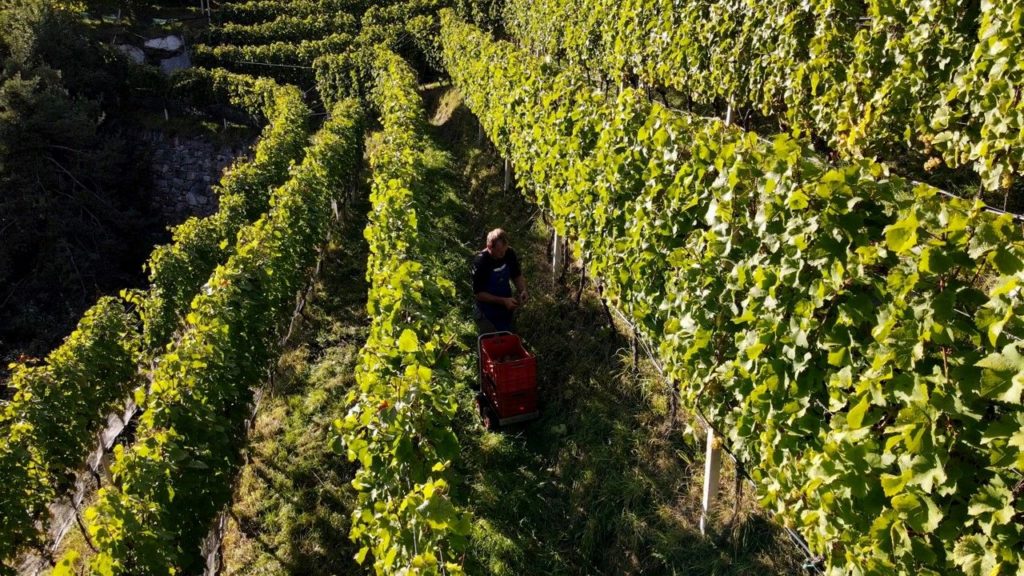
Moreover, the high altitudes offer up very cold nights and cold winds, along with a wide diurnal variation, further adding to the challenges of harvest, which takes place from September through mid-October. This is not an easy task. But the benefits to such intense growing conditions are evident in the style of wines produced. Specifically, the small berry size (a consequence of the high altitude) yields wines with high concentration of flavor, while the cool climate maintains good acidity and salinity in the grapes. Overall, the wines are fresh, clean and clear with an acidic character. And this bright acidity remains even with aging.
As a very small wine region, Alto Adige accounts for only 0.8% of all Italian wine production with a total of 400 hectares planted. Of those, Cantina Valle Isarco is responsible for 150 of them. Most of these are small vineyards surrounding the homes of the individual members. While the vineyards are not certified organic, it is here that the children play in their respective backyards, running around through the vines. Accordingly, intervention is minimal and viticulture is as sustainable as possible.
Their vineyards are planted to 14 different grape varieties: 10 white varieties, totaling 98% of the winery’s production with the remaining 2% planted to four red varieties. Not surprisingly, given the region’s proximity to Germany and Austria, Alto Adige’s viticulture is heavily influenced by these two countries, especially in grape varieties grown, such as Kerner and Sylvaner. From those 14 varieties, Cantina Valle Isarco produces 28 different wines, among its Classic (entry level) and Premium ranges.
The premium wines include Aristos and Sabiona. More specifically, while Hannes Munter, resident enologist, manages all of the producers, for the Aristos wines, he pays closer attention with the selection. The Sabiona wines are produced from two single vineyards planted within the walls of the local monastery.

Among its past accomplishments, Cantina Valle Isarco rebuilt its winery 15 years ago, making considerable investments in technology and its wines continue to garner accolades (its Aristos Kerner was named a Top 20 Wine of the Year in 2016 by Decanter magazine). Yet, the young team, which includes Munter and General Manager, Armin Gratl, knew that they wanted to make significant splash as they celebrated this important milestone.
The new logo, which was launched with the 2020 vintage, gives more focus to the name of the valley with mountain and diamond imagery, and the new labels are clearer and easier to read. But, the more innovative move was the winery’s decision to collaborate with noted enologist Ricardo Cotarella. Gratl explained their choice in Cotarella, explaining that they wanted to bring in someone with an outside view and lots of experience, as well as someone with the same ambitions they have for the region.
When asked why he was interested in taking on this new consultancy, Ricardo Cotarella relished the opportunity presented to him, citing both his excitement at getting to work in the region for the first time and the challenge of improving the quality of wines that are already very good. He also looked forward to partnering with Armin and Hannes.
Moreover, he was also fascinated by the idea of working with Kerner, a grape he had only previously experienced in Japan. He admitted that, “A winemaker shouldn’t say ‘This is my favorite wine;” only the customer can make that declaration. But, he and Hannes really like the Kerner 2020 and, in fact, Cotarella confessed “I am falling in love with this varietal.”

A virtual seminar was held with members of the press and trade in mid-February, featuring six wines. For the tasting, participants were presented with a study in two grapes, exploring different vintages, selections and microclimates. Starting with the Classic Kerner, we next tasted the Aristos and Sabiona versions before turning our attention to the analogous Sylvaner wines.
Interestingly, both of the Sabiona wines and the Aristos Sylvaner had spent some time in tonneaux, but it was with a light-handed approach to oak that added depth and elegance rather than an overtly woody flavor to the wines. In this regard, Cotarella made it clear that he uses wood in, not on the wine. Additionally, it depends on the vintage, adding that, “Oak is an opportunity, not a rule,” and he only uses it when the wine deserves the oak. With his “crush” on the Kerner 2020, he expects to treat the Aristos and Sabiona Kerner 2020 wines to some oak.
So what else does the future hold? Cotarella acknowledged that the wines of Cantina Valle Isaro from yesterday were excellent; its wines from today are excellent. As he mused on next steps, he noted that he was very optimistic. “We have everything – the climate, soil, people, grapes and technology in the winery,” he said. “I am not sure what the improvement will be, but be patient, this is my promise.” These are already extraordinary wines; I am sure our patience will be well rewarded.
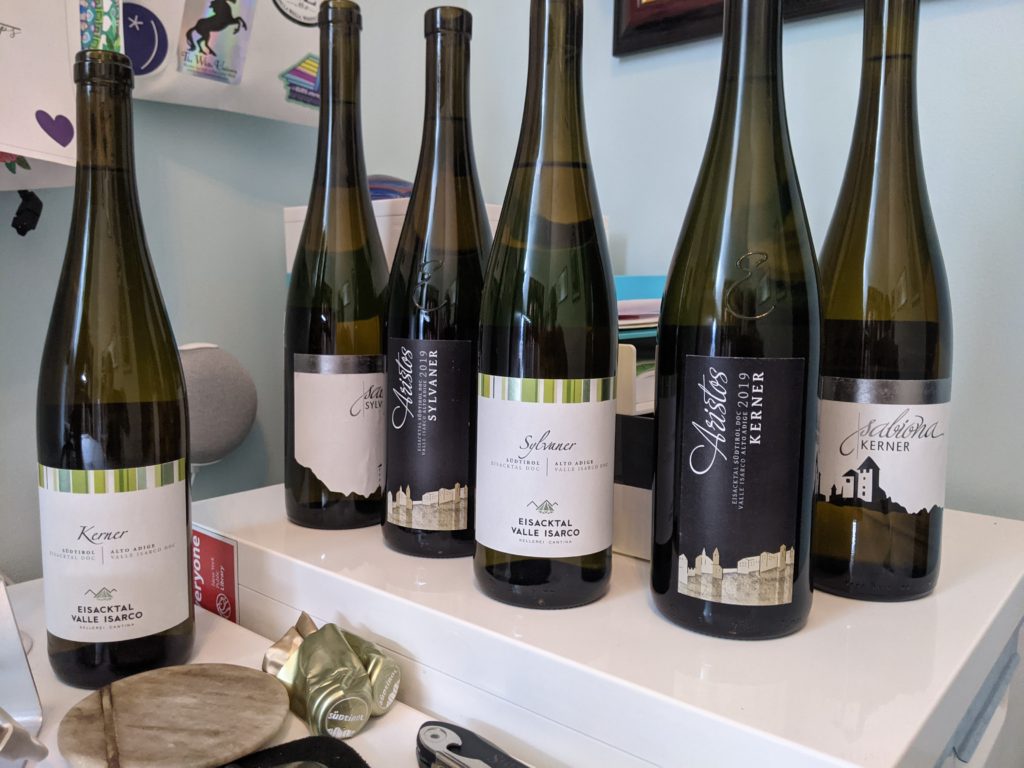
Cantina Valle Isarco Kerner 2020, Alto Adige, Italy
Overall Impressions : Fresh, exotic spice and good fruit.
Tasting Note: Dry, with high acidity, medium body, aromas and flavors of apple, salinity, minerality, floral, plum, spice and very long length.
Cantina Valle Isarco Aristos Kerner 2019, Alto Adige, Italy
Overall Impressions: A richer expression of the variety with fuller body.
Tasting Note: An intense nose of apple, quince, pear, with full body, high acidity and very long length.
Cantina Valle Isarco Sabiona Kerner 2018, Alto Adige, Italy
Overall Impressions: An elegant and complex wine, with careful use of oak.
Tasting Note: Light oak and smoke on nose, with bright acidity, medium+ body, very mineral, with richness and long length.
Cantina Valle Isarco Sylvaner 2020, Alto Adige, Italy
Overall Impressions: Fresh and clean with a purity of fruit.
Tasting Note: Aromas of rich fruit, quince, green apple greet the nose joined by minerality and freshness on the medium-bodied palate with long length.
Cantina Valle Isarco Aristos Sylvaner 2019, Alto Adige, Italy
Overall Impressions: Richer, with more concentration and complexity.
Tasting Note: Less ripe fruit on nose, with peaches, minerality and salinity, along with
high acidity, medium+ body and long length.
Cantina Valle Isarco Sabiona Sylvaner 2018, Alto Adige, Italy
Overall Impressions: Elegant depth and concentration due to oak and age.
Tasting Note: Showing nice development, with high acidity and medium+ body and notes of apricot, salinity and a candied note in finish, culminating in very long length.
Winery, vineyard and principal images courtesy of Cantina Valle Isarco.


